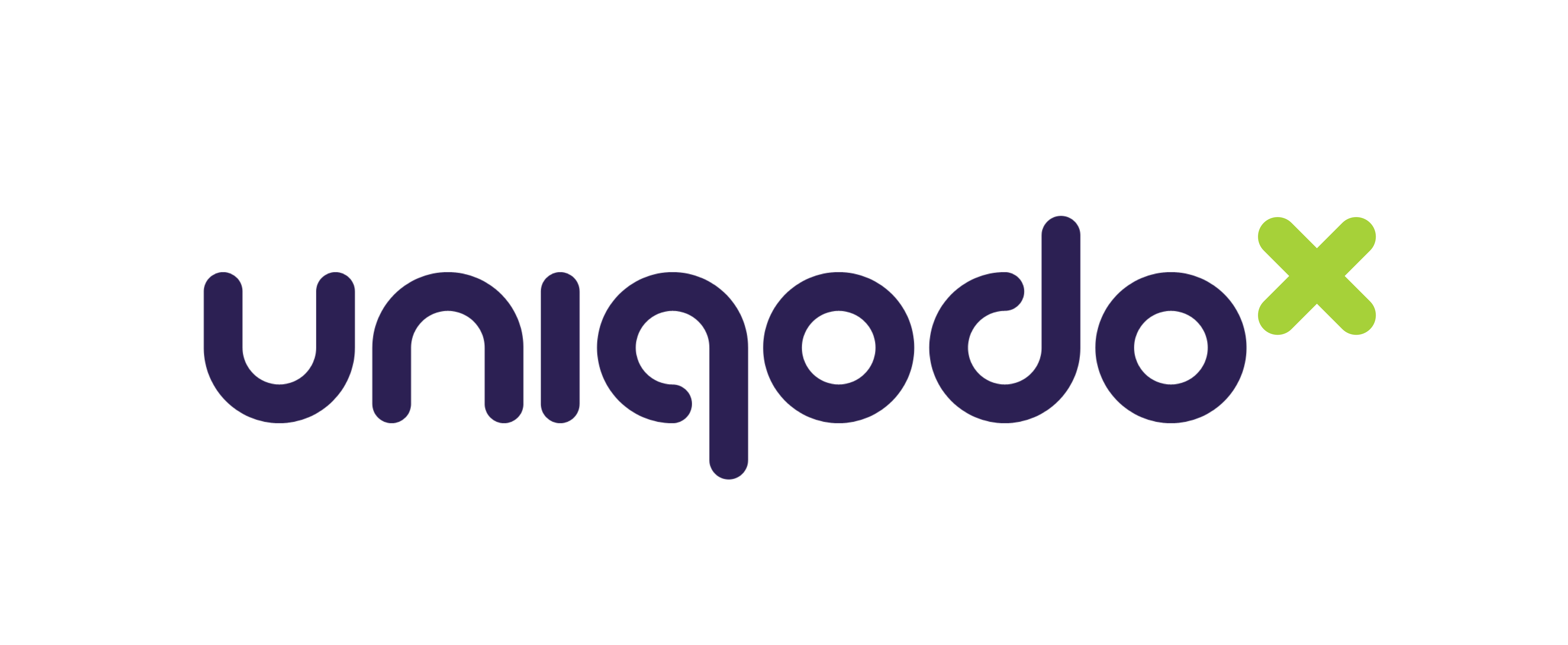Affiliate marketing is a business buzzword with gusto at the moment and has seen big-time content creators like Jason Stone making money online with some semblance of earning security that simply isn’t possible with ads and other such focuses.
Centred around creator-company deals that involve the advertising of a product or service, either using discount codes or product links, affiliate commissions can be sizable if you pursue them in the right ways. And, we’ve got 15 affiliate marketing statistics that make sure you can do just that in 2020.
1. 81% of brands have adopted affiliate efforts
As we enter 2020, an impressive 81% of brands have already implemented efforts to start building an affiliate network, and a further 84% of publishers have also delved into the area. This is because efforts here have proven incredibly beneficial for driving sales, and look set to continue doing so even now that affiliate marketers are under increased pressure to disclose agreements like these to their audiences.
2. Affiliate marketing spending increases by 10.1% yearly
Spending in the affiliate area has consistently grown by 10.1% yearly. In fact, according to this year’s AWIN report, global spending here is set to hit as much as €12 billion this year, with £1.6 billion spent by companies within the UK. As well as demonstrating the growing confidence advertisers express towards this technique, that goes to show just how lucrative promoting products could prove to your social media presence.
3. Searches for “affiliate marketing” grew by 44% in one year alone
Between 2017-18 alone, the incidence of searches for the term ‘affiliate marketing’ rose by an impressive 44% according to Google Trends. That’s a significant growth that only looks set to continue as more and more brands connect with affiliate marketers through tailored links and unique promotions.
4. Affiliate Marketing Is Generating 16% Of All Online Orders
Affiliate marketing is currently to thank for generating an average 16% of the orders received online. This still struggles against the 20% of online orders driven by paid searches, but it’s about on a par with the orders created through more costly techniques such as email marketing.
5. AI and voice search were among the most prominent affiliate marketing trends for 2019
AI and capabilities such as voice search and automation are leading the way in everything business right now, and affiliates are no exception. While the content creation inherent in affiliate marketing history will continue to increase in popularity, many companies and marketers alike look set to keep shifting towards automated processes, including unique code generation using promo code software and campaign analysis.
6. More than 50% of affiliate-referred traffic comes from mobile devices
Mobile devices have changed every aspect of the marketing landscape, and they continue to do so with around 50% of affiliate-related traffic coming from mobile sources. To keep up with this trend, many marketers and companies are beginning to think about mobile-specific affiliations, such as promotions uniquely suited to these users, and links to pages with responsive designs.
7. Groupon is one of the most successful companies built on affiliate commissions
From official failure in 2009, Groupon managed to pull itself out of the grips of disaster using the power of affiliates. Now proud owners of the largest IPO for any company since Google, the Groupon team prove both how beneficial affiliates can be, and how efficient unique discounts can prove for everything from consumer attention to avoiding code misuse in the modern affiliate market.
8. Fashion is the most popular affiliate marketing category, followed by sports and outdoors
18.7% of affiliate campaigns are currently in fashion, making this the most popular affiliate marketing niche category by quite some margin. Sports and outdoors was the second contender in a recent AM Navigator study with 14.6%, while health and wellness had 11.1%. Art and philosophy came bottom of the pile, with just 1.2% of affiliate efforts currently targeting this niche.
9. Affiliate programs generate 15%–30% of all sales for advertisers
Affiliates are, of course, primarily intended to generate revenue for both parties, and advertisers are finding that shop affiliates and similar are now responsible for an average 23% of revenue. Incidentally, that’s on a par with alternative money-making efforts such as SEO and PPC advertising.
10. AWIN affiliates earned over $700 million in 2018
Given that companies are earning so much here, it should come as no surprise that affiliate marketers working within AWIN alone also earned over $700 million in 2018 when the acquisition of ShareASale allowed the organisation to distribute $734 million among its 100,000+ contributors — a figure that looks set to continue increasing annually.
11. Jason Stone Generated $7 Million In Affiliate Marketing Revenue In One Year
To consider the true worth of affiliate marketing, it’s also vital to consider affiliate legend, Jason Stone. By merely turning his attention to product affiliations and promotion codes that were in keeping with his brand, Stone was able to generate $7 million between June 2016 - June 2017 using the then 2.5 million-strong Instagram following on his @millionare_mentor account.
12. Content produced by affiliates has grown by 175%
Perhaps unsurprisingly in light of the figures cited above, affiliate marketer content has grown at an astounding rate of 175% in the last few years alone. What’s more, the conversion rates created by this content focus have increased by 240%. Despite a move towards AI and other such techniques, it’s therefore impossible to deny that content, including video reviews and blog posts, is still the best way to get audiences interacting with unique affiliate codes.
13. 42.17% of Affiliate marketers prefer to promote 1–10 products
In keeping with Jason Stone’s astounding market share due to tailored affiliates in 2017, the majority of affiliate marketers now prefer to promote just 1-10 products at any given time. For an impressive 42.17% of marketers, this approach can lead to audience-specific recommendations and discounts with increased conversion rates and rising commissions. By comparison, just 7.53% of marketers opt to work on 300+ affiliations at once.
14. Amazon affiliate rates range from 1% to 10% of product revenue
Always at the cutting edge of developments, Amazon has been offering one of the most lucrative shop affiliate programmes since its policy changes back in 2017. Thanks to a shift towards commissions done by category rather than individual product sales, Amazon associates can enjoy revenue as much as 10% when it comes to things like luxury items. As such, this is the ideal sounding board for marketers looking to earn big.
15. 76% of Publishers Think Affiliate Marketing Makes Monetising Their Website Easy
Last but most definitely not least, 76% of marketers think affiliate efforts make monetisation easier than ever before. Rather than having to agree pricing with advertisers based on PPC principles and so on, the use of unique affiliate codes ensures that companies can judge affiliation worth and track commissions with ease that simply wasn’t possible ten years ago. And, affiliate marketers have to put in very little work to make it happen.
The affiliate lift-off
Without having to lift a finger to promote their own products or services, online marketers are seeing significant success from affiliate efforts. This is especially the case as more consumers than ever turn to influencers and content creators for personalised recommendations that are sadly lacking elsewhere.
These are figures that only look set to increase as companies continue to realise the worth and opportunities inherent in such techniques. With automation of codes and campaign monitoring using unique promo code software also reaching the mainstream in 2020, staying at the cutting edge of these marketing efforts could undoubtedly see you earning the best passive income your online efforts have created thus far.





Subscribe to the Blog